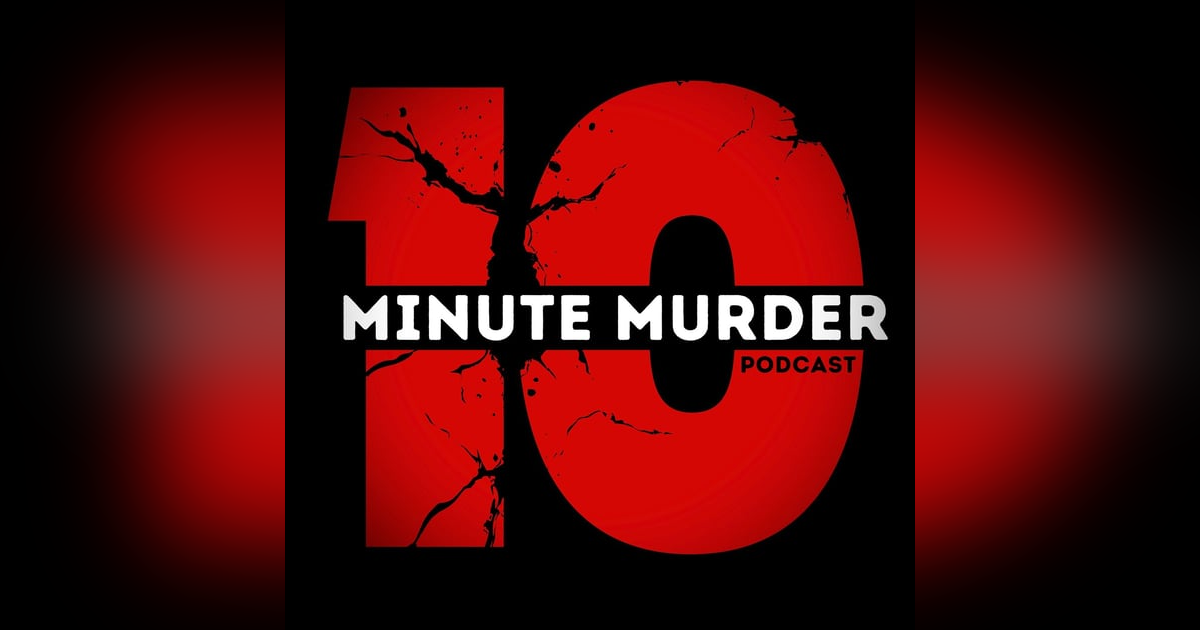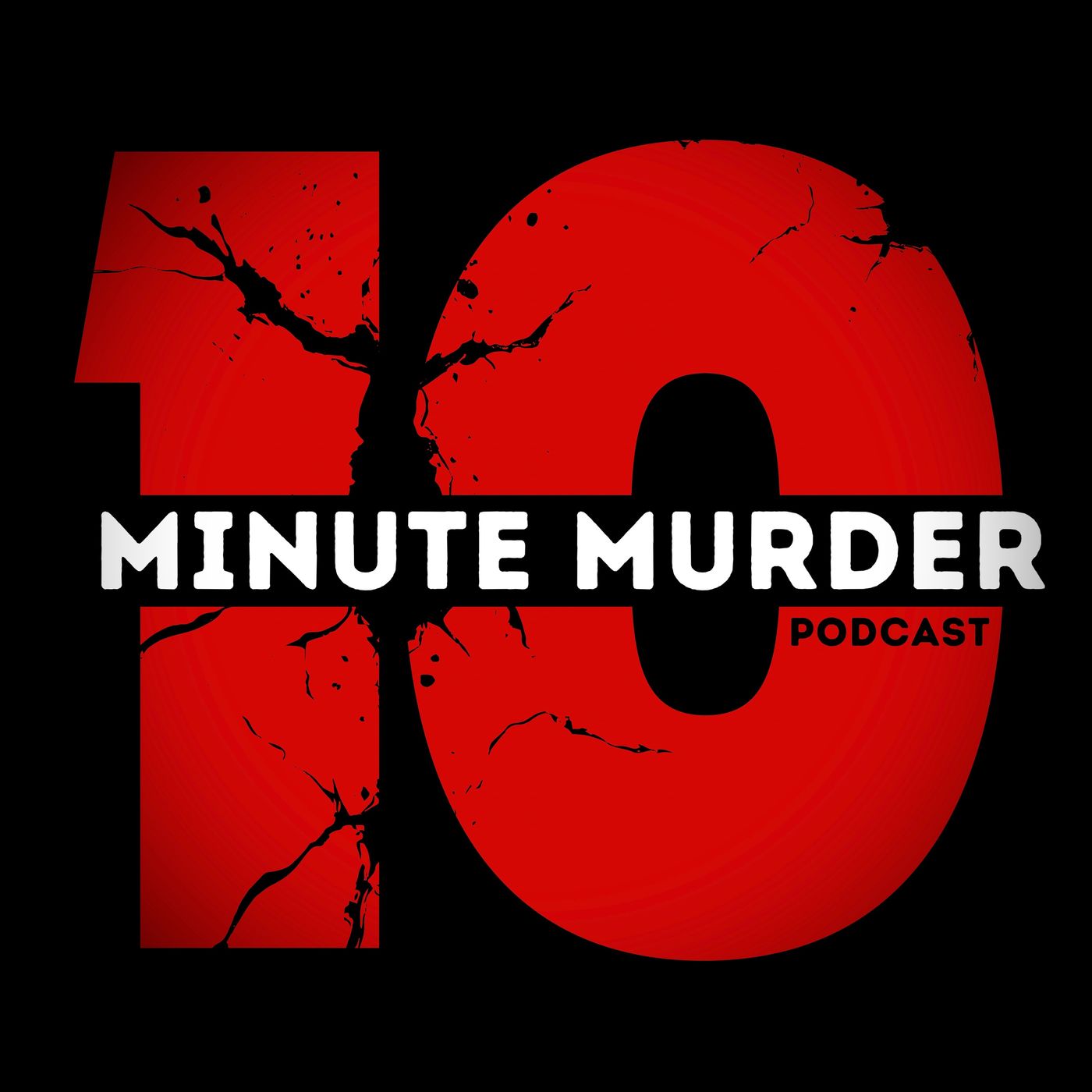The Tokyo Subway Sarin Attack: How a Cult Brought Terror to Japan

The Unlikely Beginnings of Japan’s Most Dangerous Cult Leader
In the spring of 1955, in Kumamoto, Japan, a poor family of mat makers welcomed their fourth son. His name was Chizuo Matsumoto, and at first glance, his life was expected to follow a pretty standard track. Grow up, weave some tatami mats, raise a family. End credits.
But Chizuo was born with infantile glaucoma. His left eye was completely blind, and his right barely worked. That alone was enough to knock him off the family’s career path. So, at age six, his parents sent him to a school for the blind. He didn’t just study there, he lived there. And he never moved back home.
He graduated in 1973, and despite being mostly blind, he wasn’t lacking in ambition. At school, Chizuo had carved out a reputation as a bit of a bossy guide, sometimes a leader, sometimes a bully. He helped other students get around town using his partial vision, which made him useful. It also made him bold.
He used to tell classmates he’d be president of Japan someday. Not student council president. Actual president. And when he finished school, he figured, sure, why not go for it?
He applied to law school in Tokyo. The answer was no. A pretty firm no. That rejection pushed him onto a more common path for people in his situation at the time... acupuncture and Chinese medicine.
Eventually, he opened a small clinic just outside Tokyo. It wasn’t flashy, but it paid the bills. He got married. They had six kids. From the outside, he had built something stable.
But stability wasn’t what he was after.
From Acupuncture to Apocalypse: The Spiritual Obsession of Chizuo Matsumoto
Chizuo Matsumoto wasn’t satisfied treating sore backs and migraines. His ambition ran deeper. Traditional Chinese medicine had introduced him to something he found more powerful—spirituality.
He got into Chinese astrology, Taoism, yoga, and meditation. Then Buddhism. Then Christianity. If it promised secret knowledge, he was all in.
Still, it wasn’t enough.
After a few trips to India, including one where he met the fourteenth Dalai Lama, Chizuo came back to Japan with bold claims. He said he had reached full Enlightenment, understood the fabric of reality, and had a mission from the Hindu god Shiva to bring real Buddhism to Japan.
He began calling himself sonshi, which means guru, and started handing out pamphlets. His Tokyo apartment became the center for his new movement. He called it Aum Shinrikyo, meaning Supreme Truth.
He also renamed himself Shoko Asahara and started calling himself Tokyo’s Christ. Subtle? Not really.
But it worked.
By 1989, Aum Shinrikyo was officially recognized as a religion. And it wasn’t attracting lost souls. It was pulling in top university grads, scientists, and engineers. People with credentials were now pledging loyalty to Shoko Asahara.
From Guru to God Complex: Shoko Asahara’s Dangerous Rise
Aum Shinrikyo had grown far beyond a yoga class in a blind man’s apartment. It became a status symbol for Japan’s elite. Scientists, engineers, military officials, even Tokyo police officers were buying in.
Shoko Asahara embraced the spotlight. He published his own manga and anime, blending spiritual philosophy with robots, quests, and sci-fi themes. He backed it with ad campaigns that promised to heal illness, unlock psychic power, and help people reach their goals.
And it worked. The son of a poor mat maker was now being treated like a prophet by people in real positions of power.
New recruits went through bizarre rituals. Hallucinogens, being hung upside down, even electric shocks. It was marketed as spiritual awakening.
But that façade didn’t last.
The rituals turned brutal. Drugs gave way to physical abuse. Members who tried to leave were kidnapped or disappeared entirely. Shoko claimed anyone outside the cult had bad karma and was doomed to eternal suffering. But he offered a solution.
He believed enlightened followers could save those people. And the fastest way to do that, he said, was to kill them before their karma got worse.
That was the belief system. And somehow, people accepted it.
Murder, Cover-Ups, and a Cult’s Growing Body Count
Shoko Asahara’s (shoh koh ah sah hah rah) beliefs had gone from extreme to deadly. In 1989, Tokyo Broadcasting System, or TBS, recorded an interview with lawyer Tsutsumi Sakamoto (tsoo tsoo mee sah kah moh toh), who was building a case against Aum Shinrikyo.
The interview never aired.
Cult members had infiltrated the network, seen the footage, and shut it down. Some pressured the station. Others went straight to Sakamoto’s home.
Around 3 a.m., they broke in through an unlocked door. Tsutsumi was in bed with his wife, Satoko. Their one-year-old son, Tatsuhiko, was in the next room. Tsutsumi was struck with a hammer, injected with potassium chloride, and strangled. His wife and son were killed the same way. Their bodies were sealed in metal drums and dumped in separate rural areas.
The murders remained unsolved for years.
Meanwhile, Shoko claimed he had been chosen by the Hindu god Shiva to lead a divine army and build a utopia for the enlightened. His plan? Take over Japan.
He tried doing it legally at first. In 1990, he entered 25 cult members into the national election. None were elected.
He saw that as proof the world was out to stop him.
So he changed tactics.
The Cult Arms Up: Chemical Weapons, Paranoia, and a New War Plan
After the election flop, Shoko Asahara was convinced there was a conspiracy working against him. If the democratic route wouldn’t let him build his spiritual utopia, then it was time to go full apocalyptic.
He announced that overthrowing the Japanese government was now the mission. Peacefully if possible, but more likely not. The cult started stockpiling weapons and openly talking about biological and chemical warfare.
That sharp turn into paramilitary territory caused many of Aum Shinrikyo’s followers to bail. But the ones who stuck around? They were all in.
And that was enough.
One of them was the president of Okamura Ironworks. With him on board, Aum Shinrikyo quietly began replacing the company’s original staff with cult members. By the time they were done, nearly 90 percent of the workforce had been swapped out.
What was once a legit iron factory was now a front for forging weapons and developing biological agents. It became a covert lab for chemical warfare dressed up as a place that made metal parts.
Meanwhile, Shoko reappeared on television. The goal was to smooth over the cult’s image, recruit new members, and bring in more donations. But behind the scenes, he was unraveling.
He was experiencing hallucinations, convinced that enemies were hiding everywhere. He withdrew from public life and claimed that worldly distractions were preventing him from fulfilling his divine mission.
Inside the cult, strategy shifted again. The most efficient and cost-effective way to launch their next phase, they decided, was to produce their own nerve agent.
That agent was sarin.
Sarin is brutal. It’s colorless, odorless, and evaporates quickly into the air. Even a small amount can kill a person within minutes. There is no warning before it hits, and once it does, the effects are immediate.
This was not only a threat. This was preparation for war.
A Deadly Test Run and the Tokyo Subway Attack
Before targeting the whole country, Shoko Asahara wanted to test his nerve agent. The target was a group of judges involved in a land dispute with Aum Shinrikyo.
Six cult members drove through Matsumoto in a van and sprayed sarin gas into a residential area. Fifty-eight people were hospitalized. Eight died.
At first, the attack wasn’t linked to the cult. That changed after one member was tied to a kidnapping, and sarin was found in soil samples around their compound.
Police planned a raid.
But Shoko had insiders in the Tokyo police who tipped him off. Instead of hiding, he escalated.
He sent members into the Tokyo subway during rush hour carrying plastic bags of sarin. They dropped them, punctured the bags with umbrellas, and walked away. Several train lines were hit.
Nearly 700 people were hospitalized. Around 5,000 made it on their own. Hospitals didn’t realize it was a chemical attack until hours later. By then, it was too late for some.
Eight died that day. Four more died later. Only the poor quality of the sarin kept the death toll from being much higher.
The evidence was finally overwhelming. Police raided the cult’s headquarters.
After the Cult: The Execution, the Ashes, and the Survivors
Shoko Asahara was finally arrested and hit with twenty-seven murder charges. He was found guilty and sentenced to death. In 2018, that sentence was carried out. Six other senior members of Aum Shinrikyo were also executed.
But the story didn’t end there.
Before his death, Shoko had arranged for his fourth daughter to receive his ashes. That move caught his followers off guard. She wasn’t part of the cult and had publicly rejected everything her father stood for. She made it clear she had no intention of preserving his legacy. If anything, she planned to scatter his ashes in the ocean and be done with it.
Shoko’s wife and third daughter stepped in and petitioned for custody of the remains. They were still loyal, along with other active members of the cult who had never been arrested. Their plan was to build a shrine in his honor. A permanent place to continue his worship.
Eventually, they won the case. In 2024, they took possession of his ashes.
There’s no public shrine yet, at least not officially. But the cult didn’t die with Shoko. Aum Shinrikyo still exists in fragmented forms. Some of its offshoots are quiet, others are still recruiting. As of now, it’s believed that around 1,600 members are still active, spreading his teachings and trying to keep the myth of Shoko Asahara alive.







